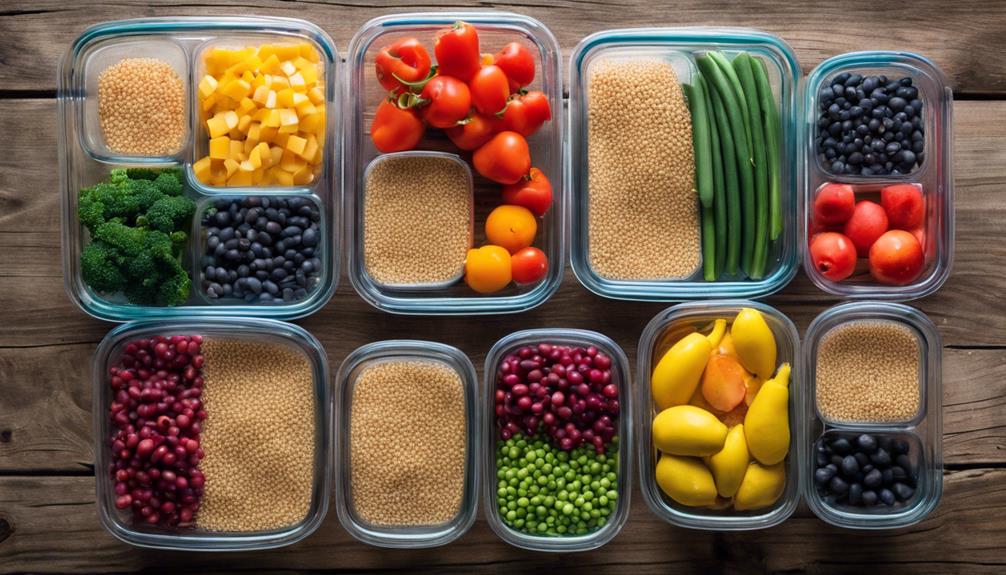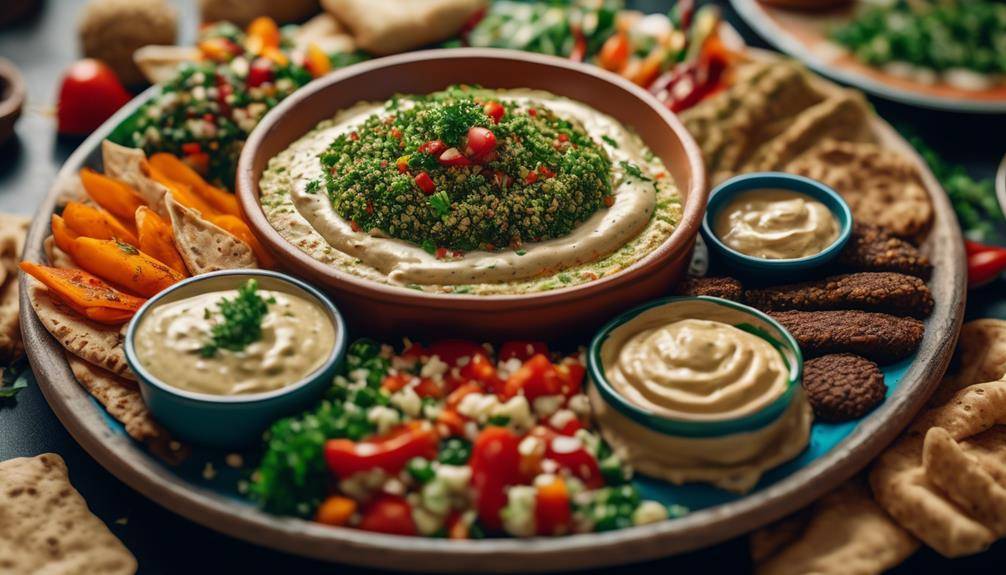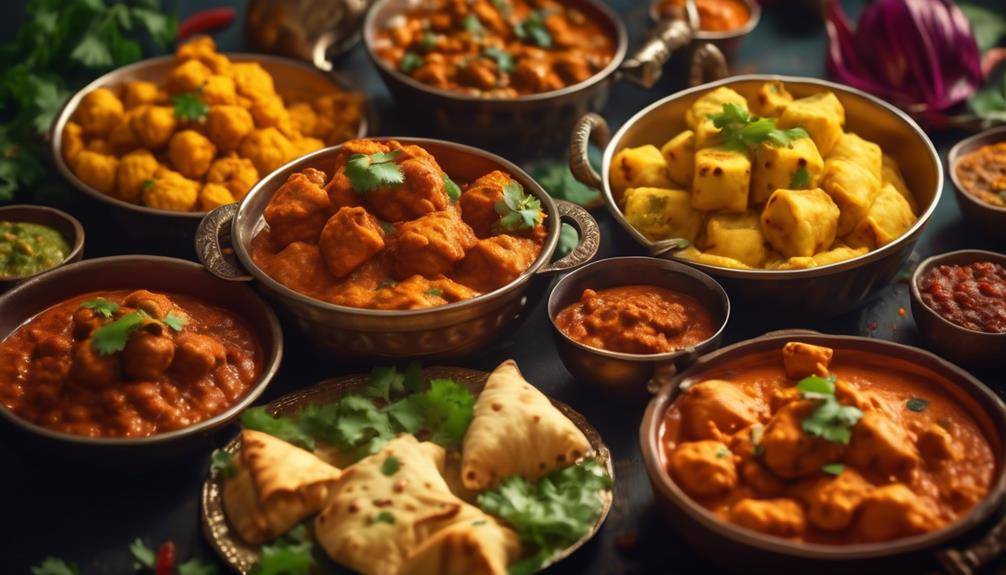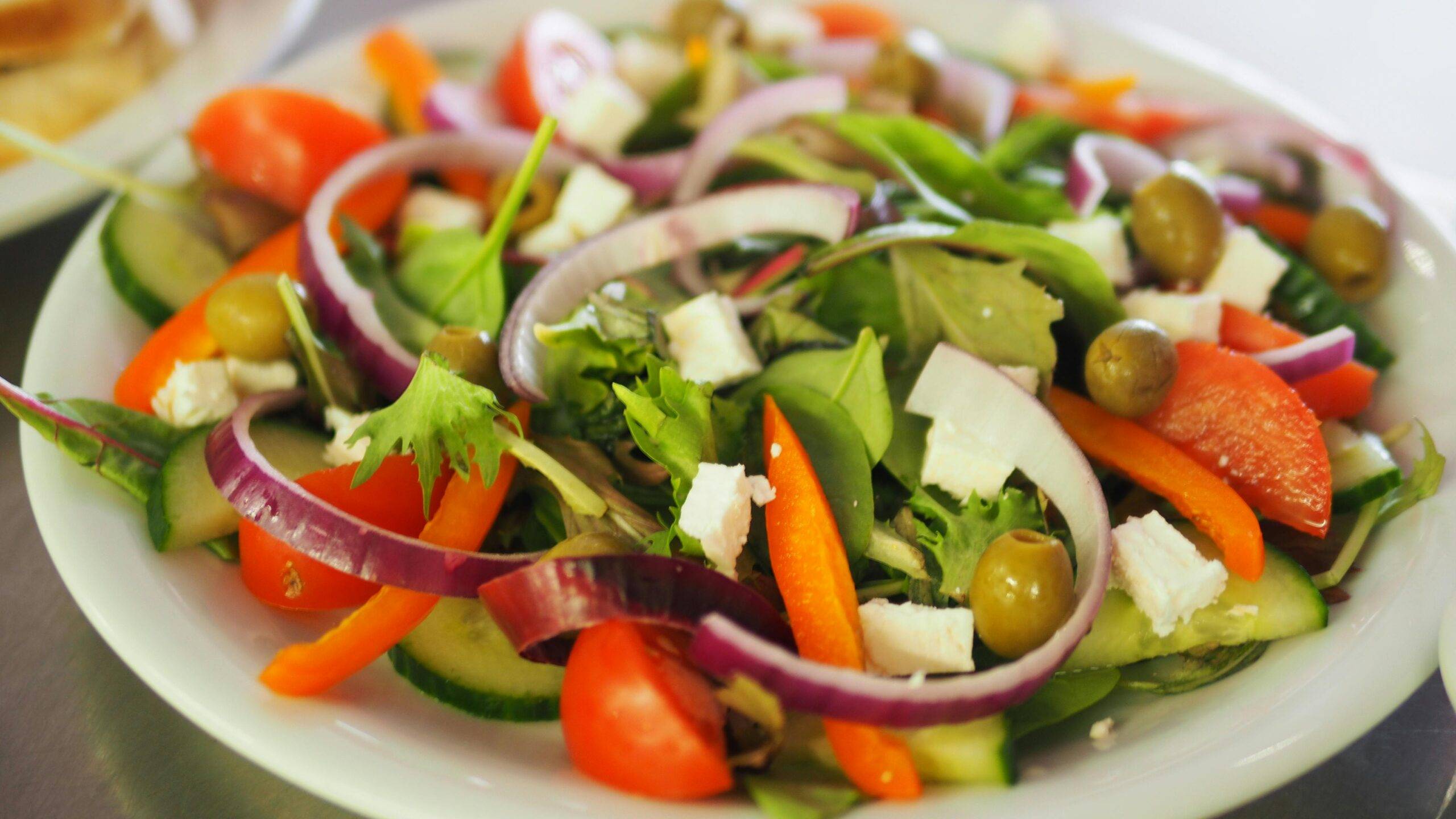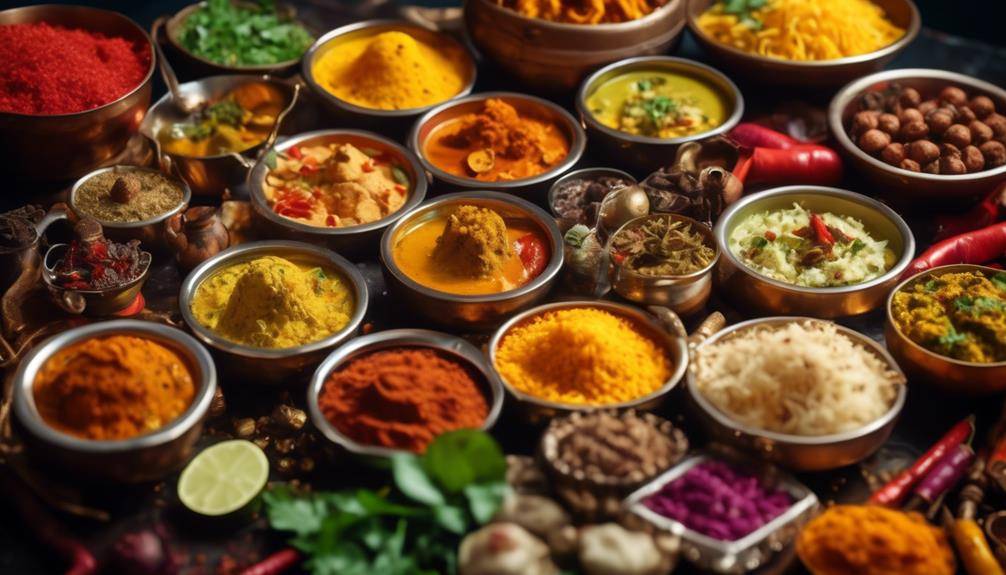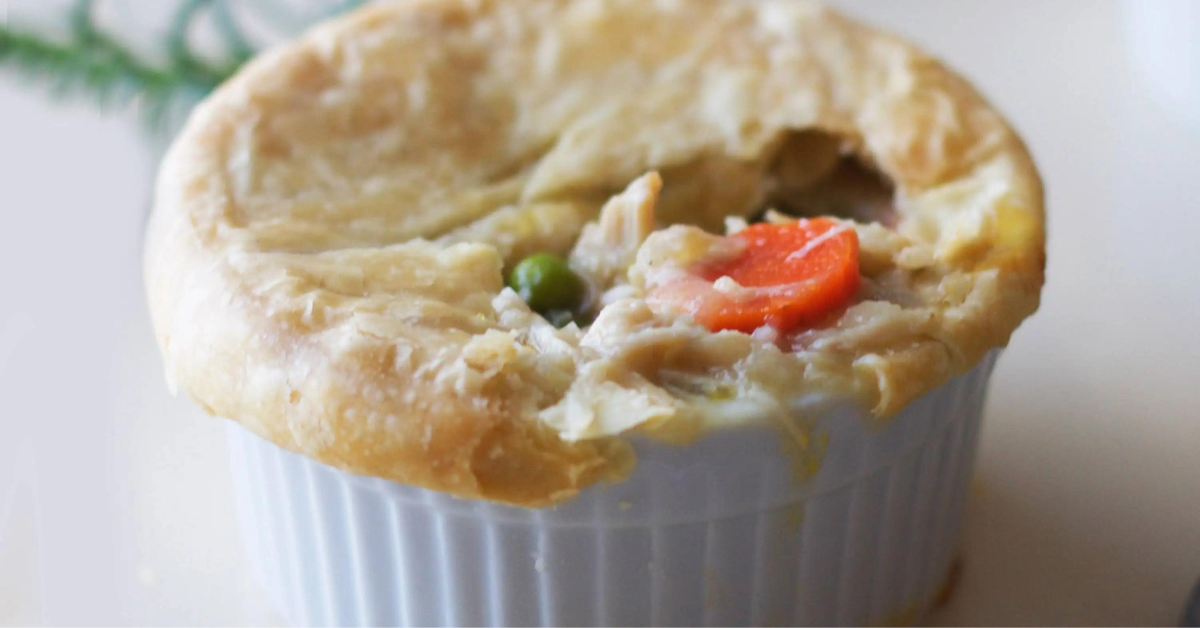Popular Different Types Of Baking Methods

Different Types Of Baking Methods; They say that variety is the spice of life, and when it comes to baking, this adage couldn’t be more true. With a multitude of baking methods to choose from, you have the power to create an array of delectable treats that will leave everyone craving for more. From the classic creaming method, which produces tender and moist cakes, to the biscuit method, which results in flaky and buttery pastries, each technique brings its own unique qualities to the table. But that’s just the beginning.
There are countless other methods, each with its own secrets and surprises waiting to be discovered. So, get ready to embark on a journey through the world of baking methods, where you’ll uncover the secrets behind creating everything from light and fluffy muffins to perfectly risen yeast breads. The possibilities are endless and the rewards are oh-so-sweet.
Creaming Method
To achieve a light and fluffy texture in your baked goods, master the art of the creaming method. The creaming technique involves beating butter and sugar together until they become light and fluffy. This process creates tiny air pockets in the batter, resulting in a tender and moist final product.
To start, ensure that your butter is at room temperature. Softened butter is easier to cream and will incorporate more air into the mixture. Cut the butter into smaller pieces, then place it in a bowl along with the sugar. Using an electric mixer or a stand mixer fitted with a paddle attachment, beat the butter and sugar on medium speed until they are well combined.
Continue beating the mixture for 2-3 minutes, or until it becomes pale in color and light in texture. This will ensure that enough air is incorporated into the batter. The creamed mixture should be smooth and creamy, with no visible lumps of butter.
Once the butter and sugar are perfectly creamed, you can proceed with adding other ingredients, such as eggs and vanilla extract. Gradually add these ingredients to the creamed mixture while continuing to beat on low speed. This will ensure that the batter remains light and airy.
The creaming method is commonly used in recipes for cakes, cookies, and muffins. It is a fundamental technique that helps achieve a tender and moist texture in your baked goods. By mastering the art of creaming butter and sugar, you can elevate your baking skills and create delicious treats that are sure to impress.
Biscuit Method
Now let’s talk about the Biscuit Method. This method involves three key points: mixing dry ingredients, cutting in fat, and adding liquid ingredients. By following these steps, you’ll achieve light and fluffy biscuits that are perfect for serving with butter or gravy. Get ready to enjoy the delicious results of mastering the Biscuit Method!
Mixing Dry Ingredients
You can enhance your baking skills by mastering the art of mixing dry ingredients using the Biscuit Method. This technique is commonly used to make biscuits, scones, and other quick breads. To start, gather all your dry ingredients, such as flour, sugar, baking powder, and salt. It’s important to sift the dry ingredients together to ensure they are evenly mixed and free of lumps.
A common mistake is not sifting the flour, resulting in dense and unevenly baked goods. Another baking hack is to add cold butter to the dry ingredients and cut it in using a pastry cutter or your fingertips. This creates small pockets of butter throughout the dough, resulting in a flaky texture. Remember, precise measurements and proper mixing technique are key to achieving delicious baked goods.
Cutting in Fat
When incorporating fat into your dry ingredients using the Biscuit Method, a key step to creating the perfect texture is cutting in the cold butter. This technique is commonly used in recipes that require flaky pastries, such as biscuits, scones, and pie crusts. By incorporating butter into the dry ingredients, you create small pockets of fat that melt during baking, resulting in a light and tender texture.
To cut in the butter, start by cubing it into small pieces and then use a pastry cutter or two knives to cut the butter into the dry ingredients until it resembles coarse crumbs. Be careful not to overmix, as this can lead to a tough and dense final product. The cutting in fat method is essential for achieving the desired flakiness in your baked goods.
Adding Liquid Ingredients
To continue the process of creating the perfect texture in your baked goods using the Biscuit Method, the next step is to incorporate the liquid ingredients. There are different techniques for adding liquid ingredients to achieve the perfect consistency. One method is to create a well in the center of the dry ingredients and pour the liquid into it. Then, using a fork, gradually mix the dry and liquid ingredients together until just combined.
Another technique is to cut the liquid ingredients into the dry ingredients using a pastry cutter or your fingertips. This method ensures that the ingredients are evenly distributed and helps create a light and flaky texture. Remember to handle the dough gently and avoid overmixing, as this can lead to tough biscuits. By following these tips, you’ll be well on your way to mastering the Biscuit Method and creating delicious baked goods with the perfect texture.
Muffin Method
Now, let’s talk about the Muffin Method, where the dry ingredients are mixed together in one bowl and the wet ingredients in another. The key is to avoid over-mixing once the wet and dry ingredients are combined to prevent tough muffins. This method is perfect for creating light and fluffy muffins with a tender crumb.
Mixing Dry Ingredients
In the art of baking, the magic begins when you combine the dry ingredients using the Muffin Method. Incorporating dry ingredients accurately is crucial to achieve the perfect texture and flavor in your baked goods. When measuring, it is important to be precise. Use a kitchen scale or measuring cups and spoons to ensure accurate quantities. Too much or too little of an ingredient can affect the outcome of your baked goods.
The Muffin Method involves sifting the dry ingredients together in a bowl, making sure they are evenly distributed. This step helps to eliminate any lumps and ensures even mixing. Mixing the dry ingredients thoroughly before adding the wet ingredients is essential for an evenly textured batter. So, remember, when it comes to baking, precision in measuring your dry ingredients is the key to success.
Incorporating Wet Ingredients
When incorporating wet ingredients using the Muffin Method, ensure precise measurements and a thorough mixing for a perfectly textured batter. The Muffin Method is a simple yet effective technique that creates tender and moist baked goods. To begin, gather your wet ingredients, such as eggs, milk, and oil, and measure them accurately using a kitchen scale or measuring cups. Once measured, it’s time to incorporate them into the dry ingredients.
There are different methods of folding ingredients into the batter, such as the “cut and fold” technique, where a spatula is used to gently combine the wet and dry ingredients. Another technique for emulsifying wet ingredients is to whisk them together before adding them to the dry mixture. This helps to create a smooth and well-blended batter. Remember, the key to a successful Muffin Method is precision and thorough mixing, resulting in deliciously moist and fluffy baked treats.
Sponge Method
To achieve a light and airy texture in your baked goods, consider using the sponge method. This technique involves a fermentation process that helps create a fluffy and tender end product. The sponge method is particularly useful for making bread, as it allows for a longer fermentation time, resulting in a more developed flavor.
There are different types of sponges that can be used in the baking process. The most common is the yeast-based sponge, which is made by combining yeast, flour, and water. This mixture is left to ferment, allowing the yeast to feed on the sugars in the flour and produce carbon dioxide gas. As the gas is trapped in the dough, it creates air pockets, giving the baked goods their characteristic light and airy texture.
Another type of sponge is the sourdough starter, which is made by fermenting flour and water with naturally occurring yeasts and bacteria. This starter is then added to the dough, providing both leavening and flavor. The longer fermentation time of sourdough allows for more complex flavors to develop, resulting in a tangy and delicious final product.
The sponge method is not limited to bread-making. It can also be used in other baked goods, such as cakes and pastries. In these cases, the sponge is typically a mixture of flour, sugar, eggs, and sometimes butter. The eggs provide structure and moisture, while the sugar helps feed the yeast or activate the baking powder, resulting in a light and tender crumb.
Chiffon Method
If you’re looking to create light and fluffy baked goods with a delicate texture, the next baking method to explore is the Chiffon Method. Chiffon cakes are known for their airy and moist qualities, making them a delightful treat for any occasion.
To start off, let’s dive into a basic chiffon cake recipe. You’ll need all-purpose flour, sugar, baking powder, salt, vegetable oil, egg yolks, water, vanilla extract, and egg whites. Begin by whisking together the dry ingredients in one bowl and the wet ingredients (except for the egg whites) in another. Gently fold the dry mixture into the wet mixture until just combined.
Now, let’s move on to some tips for successful chiffon cakes. Firstly, ensure that your egg whites are at room temperature. This allows for better volume when beaten and helps create a lighter texture. Secondly, when beating the egg whites, make sure your bowl and beaters are completely clean and free of any grease. Even a tiny bit of oil can prevent the egg whites from reaching their full potential.
Additionally, it’s important to fold the beaten egg whites into the batter gently. This helps maintain the airiness and fluffiness of the cake. Be careful not to overmix, as this can deflate the batter and lead to a denser texture.
Lastly, once your chiffon cake is baked, make sure to cool it upside down. This prevents the cake from collapsing and helps it maintain its height and lightness.
With these tips and a trusty chiffon cake recipe, you’ll be well on your way to creating delectable, light-as-air treats that will impress your family and friends. Happy baking!
Pastry Method
Now let’s talk about the pastry method, a classic technique used to create flaky and tender pastries. By using this method, you will learn various mixing techniques that ensure the perfect texture. One of the key steps is incorporating cold butter into the dough, which creates layers and contributes to the desired flakiness. Get ready to achieve pastry perfection with these essential tips and tricks.
Mixing Techniques
Using the pastry method, you’ll effortlessly create tender and flaky pastries that will leave your taste buds craving for more. When it comes to mixing techniques, the creaming method is a popular choice among bakers. This method involves beating together softened butter and sugar until light and fluffy. The benefits of the creaming method are twofold.
Firstly, it introduces air into the mixture, resulting in a lighter texture. Secondly, it helps to evenly distribute the sugar throughout the dough, ensuring a consistent sweetness in every bite. Creaming also creates a stable emulsion, allowing the dough to rise evenly during baking. So, whether you’re making buttery shortcrust pastry or delicate puff pastry, mastering the creaming method will elevate your pastries to new heights of deliciousness.
Incorporating Cold Butter
To achieve the perfect texture and flakiness in your pastries, mastering the art of incorporating cold butter is essential. Incorporating cold butter is a crucial step in the pastry method, as it creates layers of fat that melt during baking, resulting in a light and flaky crust. There are several techniques you can use to achieve a flaky texture. One method is to cut the cold butter into small cubes and then work it into the flour using a pastry cutter or your fingertips. This creates small pockets of butter throughout the dough, which will steam during baking and create flakiness.
Another technique is grating frozen butter into the flour and then gently tossing it together until evenly distributed. This ensures that the butter is evenly incorporated, resulting in a consistent texture throughout the dough. By following these tips, you can ensure that the cold butter is evenly distributed and your pastries will turn out perfectly flaky every time.
Flaky Pastry Texture
Achieving a flaky pastry texture is a skill that can be mastered with the pastry method, allowing you to create delectable pastries with layers of buttery goodness. To achieve flakiness, it is crucial to handle the dough with care. Start by incorporating cold butter into the flour mixture, using a pastry cutter or your fingertips to cut the butter into small pea-sized pieces.
This process creates pockets of butter within the dough, resulting in flaky layers when baked. Next, add just enough cold water to bring the dough together, being careful not to overmix. Overmixing can lead to tough pastry instead of the desired flakiness. Remember to rest the dough in the refrigerator before rolling it out, as this allows the gluten to relax and prevents shrinkage during baking. With these flaky pastry techniques, you’ll be able to enjoy heavenly pastries that melt in your mouth.
Pie Crust Method
For a perfectly flaky and delicious pie crust, master the art of the pie crust method. Different pie crust recipes and tips for perfecting pie crust technique will help you achieve bakery-worthy results every time.
When it comes to pie crust, there are numerous recipes to choose from. The most common types include the traditional butter crust, the flaky shortening crust, and the tender lard crust. Each recipe has its own unique characteristics and flavors, so it’s worth experimenting with different variations to find your favorite.
To perfect your pie crust technique, there are a few key tips to keep in mind. First, always start with cold ingredients. This helps create a flaky texture by preventing the fat from melting too quickly. Second, be mindful of your mixing technique. Overmixing can lead to a tough crust, so gently incorporate the ingredients until just combined.
Another important tip is to properly chill your dough. This allows the gluten to relax and the fat to firm up, resulting in a more tender and flaky crust. Lastly, don’t forget to blind bake your crust if your pie requires a pre-baked shell. This prevents the crust from becoming soggy when filled with wet ingredients.
Quick Bread Method
Master the art of baking quick breads with the quick bread method, and you’ll be able to whip up delicious loaves of bread in no time. The quick bread method is a versatile technique that allows you to create a wide variety of breads, from classic favorites like banana bread and zucchini bread to more unique creations like lemon-poppy seed bread and pumpkin-chocolate chip bread.
One of the great things about the quick bread method is that it’s incredibly adaptable. You can easily experiment with different flavors and ingredients to create your own unique variations. For example, you can add nuts, dried fruits, or spices like cinnamon and nutmeg to give your breads an extra kick of flavor. You can also swap out different types of flours or sweeteners to cater to dietary restrictions or personal preferences.
However, as with any baking method, there are a few common issues that can arise when making quick breads. One of the most common problems is a dense or heavy texture. This can be caused by overmixing the batter or using too much leavening agent. To avoid this, be sure to mix the batter just until the ingredients are combined and use the correct amount of leavening agent specified in the recipe.
Another issue that can occur is a sunken or gummy center. This can happen if the bread is underbaked or if there is too much moisture in the batter. To prevent this, be sure to bake the bread for the recommended amount of time and check for doneness by inserting a toothpick into the center. If it comes out clean, the bread is ready.
Yeast Bread Method
If you want to take your baking skills to the next level and create bread that rises to perfection, it’s time to explore the art of the Yeast Bread Method. This method involves using yeast to leaven the bread, giving it that light and airy texture that we all love. To begin, you’ll need to activate the yeast. This can be done by combining warm water, sugar, and yeast in a bowl. The sugar acts as food for the yeast, helping it to grow and produce carbon dioxide, which creates the bubbles that make the bread rise.
Once the yeast is activated, it’s time to start kneading the dough. Kneading is a crucial step in the bread-making process as it helps to develop the gluten in the dough. Gluten is what gives bread its structure and elasticity, allowing it to rise properly. To knead the dough, start by pushing it away from you with the heel of your hand, then fold it over and repeat. Continue this process for about 10 minutes or until the dough becomes smooth and elastic.
After kneading, the dough needs to rest and rise. This allows the yeast to continue fermenting and producing carbon dioxide, which causes the dough to expand. Once the dough has doubled in size, it’s ready to be shaped and baked. By following these yeast activation and kneading techniques, you’ll be well on your way to creating delicious homemade bread that is sure to impress.
Gluten-Free Baking Method
Looking to bake without gluten? Discover the secrets of the Gluten-Free Baking Method and create delectable treats that everyone can enjoy. When it comes to gluten-free baking, finding the right flour substitute is key. Traditional wheat flour contains gluten, a protein that gives baked goods their structure, so it’s important to choose a substitute that can mimic this texture. There are several gluten-free flour substitutes available, such as almond flour, rice flour, and tapioca flour, each with its own unique qualities and flavors.
Almond flour, made from ground almonds, lends a rich, nutty flavor to baked goods. Rice flour, on the other hand, has a lighter taste and is often used in combination with other gluten-free flours to achieve a better texture. Tapioca flour, derived from the cassava root, adds a chewy texture to baked goods. Experimenting with different combinations of these flours can help you achieve the best results in your gluten-free baking.
In addition to choosing the right flour substitute, there are a few tips for successful gluten-free baking. First, make sure to measure your ingredients accurately, as gluten-free flours can be more sensitive to changes in ratios. It’s also important to add a binding agent, such as xanthan gum or psyllium husk, to help hold the ingredients together. Finally, be mindful of the baking time and temperature, as gluten-free baked goods may require slightly different settings than traditional recipes.
With the right flour substitutes and these helpful tips, you can achieve delicious gluten-free treats that rival their gluten-filled counterparts. So don’t let a gluten intolerance or dietary restrictions hold you back from enjoying the joys of baking. Get creative, experiment, and have fun with gluten-free baking!
Vegan Baking Method
To achieve delicious vegan treats, embrace the Vegan Baking Method and explore the world of plant-based ingredients. Vegan baking involves using substitutes for traditional baking ingredients like eggs, butter, and milk to create delectable treats that are free from animal products. With a few tips for successful vegan baking, you can create mouthwatering desserts that even non-vegans will love.
One of the key aspects of vegan baking is finding suitable substitutes for eggs. Common vegan egg replacements include mashed bananas, applesauce, silken tofu, or flaxseed mixed with water. These alternatives provide moisture and binding properties to your baked goods, ensuring they turn out just as delicious and fluffy as their non-vegan counterparts.
Another essential component of vegan baking is replacing dairy products like butter and milk. Plant-based spreads or oils, such as coconut oil or vegan margarine, can be used in place of butter, while almond, soy, or oat milk can replace dairy milk. These substitutions maintain the moisture and richness of your baked goods while staying true to the vegan lifestyle.
When it comes to leavening agents, baking powder and baking soda are typically vegan-friendly. However, it’s essential to check the labels, as some brands may include additives that are derived from animals. Opt for brands that are explicitly labeled as vegan or use homemade alternatives.
To enhance the flavor of your vegan treats, experiment with different plant-based ingredients like nut butters, coconut flakes, or vegan chocolate chips. These additions will add depth and richness to your baked goods, making them irresistible to vegans and non-vegans alike.
Different Types Of Baking Methods; Frequently Asked Questions
Can the Creaming Method Be Used for Savory Dishes or Is It Only Suitable for Sweet Baked Goods?
The creaming method is typically used for sweet baked goods, but it can also be used for savory dishes. However, it may result in a different texture compared to the biscuit method.
How Does the Biscuit Method Differ From the Creaming Method in Terms of Texture and Taste?
When comparing the biscuit method to the creaming method, you’ll notice a difference in texture and taste. The biscuit method creates a flakier texture, while the creaming method produces a softer, cake-like texture. In terms of taste, the biscuit method offers a slightly buttery flavor, while the creaming method results in a sweeter taste.
Can the Muffin Method Be Used to Make Other Types of Baked Goods Apart From Muffins?
The muffin method offers alternative uses for making various baked goods. Its pros include quick preparation and a tender texture. However, it may not work well for delicate pastries or breads that require a light and airy structure.
What Is the Main Difference Between the Sponge Method and the Chiffon Method in Terms of Ingredients and Technique?
The main difference between the sponge method and the chiffon method lies in their ingredients and technique. The sponge method uses only eggs, sugar, and flour, while the chiffon method incorporates oil and a whipped egg white foam for a lighter texture.
Are There Any Specific Tips or Techniques to Ensure a Flaky and Crispy Pie Crust When Using the Pie Crust Method?
To achieve a flaky and crispy pie crust, remember to chill your ingredients, use cold butter, and avoid overworking the dough. Blind baking the crust and brushing it with an egg wash can also help achieve that perfect golden color.
Conclusion
In conclusion, mastering different baking methods opens up a world of possibilities in the kitchen. From the creamy richness of the creaming method to the light and fluffy results of the sponge method, each technique brings its own unique characteristics to baked goods. Whether you’re a gluten-free or vegan baker, there are methods tailored to your needs. With practice and creativity, you can confidently create delicious treats that will leave everyone craving for more. So, grab your apron and let the baking adventures begin!



